I am currently developing an app that receives Push Notifications. I have this all working 100% through a PHP page. There are several different types of push notifications my app can receive. The PHP handles this and sends different packets of information to my app which are all received just fine.
However, when the users "views" the notification and my app launches, I obviously want to take a different action than I would if the user just launched the app manually - and on top of that, different actions depending on the push notification type. I have got this working fine... structurally.
One of my push types is supposed to open a UIView that makes several connections to several different servers and negotiates data back and forth. This UIView works fine when, for example, triggered from the main menu - however when my push notification is triggering this UIView to appear, the socket connections are not acting as expected.
Now my question is not about the sockets, but more so - How do you debug such a problem?? From what I can tell (I am relatively new) when the app launched from a push notification there is no way to link that execution to the debugger / console / etc... I am having a very difficult time trying to debug the code using UIAlertViews, as there are many lines of communication back and forth between the various servers.
Any advice you have for me would be greatly appreciated.

